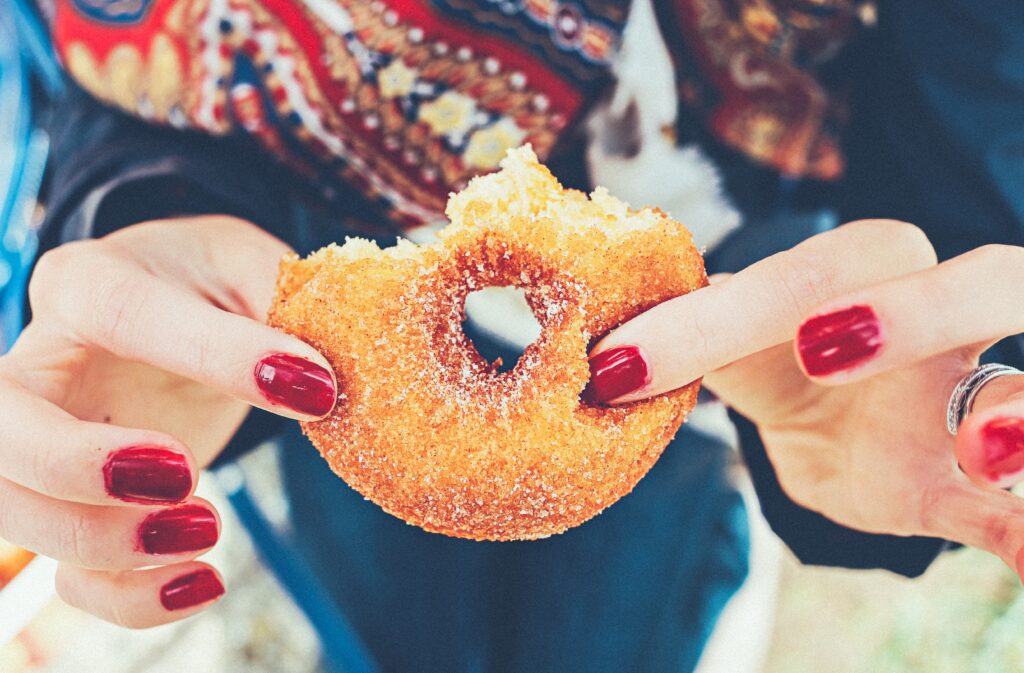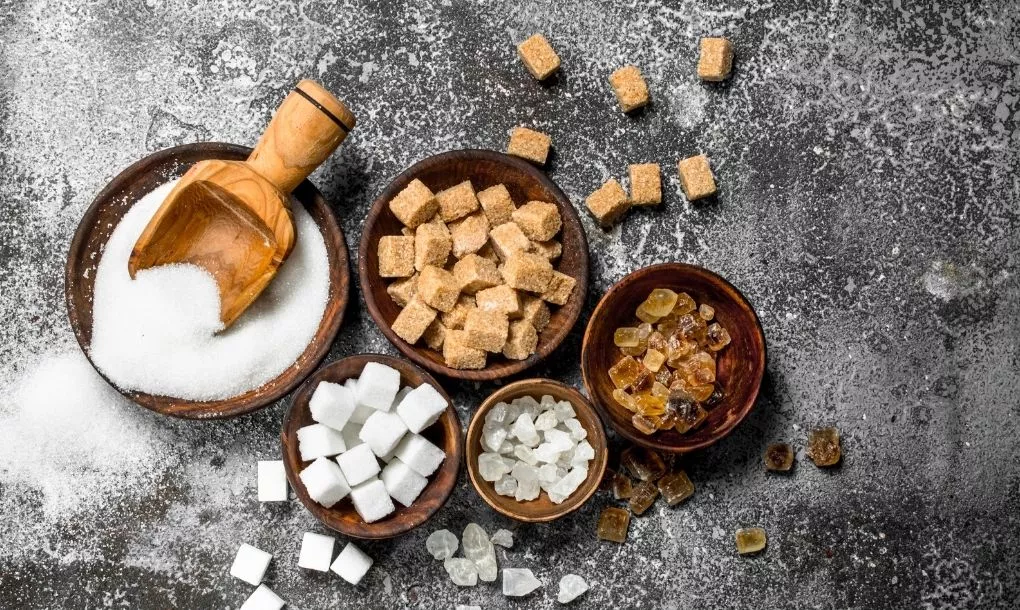Date of the last update: 25.04.2022
There is the space between the stimulus and the reaction where the potential to choose our response lies. And our personal development and freedom depends on this response.
Table of Contents:
You can read this article in 2 minutes.
How to Cope With Snacking
Every day hundreds of thoughts about food race through our minds. Spurred by an impulse, we make many decisions that affect our health almost on autopilot. Will I reach for ice cream? Will a packet of biscuits or a chocolate bar disappear in my stomach? Here are some ideas on how to cope with such temptations:
- Give your body what it yearns for. Suppose you have an unstoppable craving for sugar, salt or fat. In that case, it is either because your body needs energy or you are struggling with a root cause of an imbalance in your body, such as dysbiosis and a phytonutrient deficiency. Obviously, reaching for a candy bar is not a healthy option. Have satisfying substitutes on hand, such as:
- Dry roasted nuts with Himalayan salt
- Home-made roasted sweet potato fries
- Frozen berries or a small bar of 72% chocolate can help you satisfy a strong craving for something sweet.
- Avoid triggers – watching TV with a packet of crisps, shopping when you’re hungry and arriving at a potluck party, where there are mountains of snacks, with an empty stomach.
- Change the pattern of the conversation going on in your brain, preferably by developing new habits. For example, just take a break. When hunger strikes or you feel like you are about to start noshing, give yourself ten golden seconds to redirect your thoughts and emotions to make a conscious decision about how you want to feel. Will eating what you are tempted to eat help you achieve your goal? Before you open the fridge or cupboard, take a deep breath and think about how you are feeling at that moment and what had really triggered the feeding frenzy. Ask yourself the following questions:
Frequently Asked Questions When Dieting
- Do I feel hungry?
- Do I really want it now?
- If I eat this, how will it make me feel later?
- What does my body need now?
- Can I replace it with something else?
- What is that I really want?

You may also be interested in: Introduce healthy eating habits
Sometimes a violent urge to have certain foods, such as sugar, salt and fat, comes from unmet needs or desires that are easier to silence with food than to face or satisfy by taking action. With food, we remedy our deficiencies of love, satisfaction and inner peace. We eat to soothe our anxieties, fears and sorrows; suppressed emotions fuel food cravings. Binges silence bad stories and ease the pain of unfulfillment. If such emotions start to drive you – stop for five minutes and calmly and honestly answer the last question: Where does this desire to eat come from? Listen to the answer, whatever it be, and take the message seriously. Learning the truth can be the beginning of a liberation process, help you overcome gluttony, quell your hunger and focus on working on what you are actually looking for to experience a feeling of satiety.
Check out also: Palm Oil: What’s the big deal, and what can we do about it?

